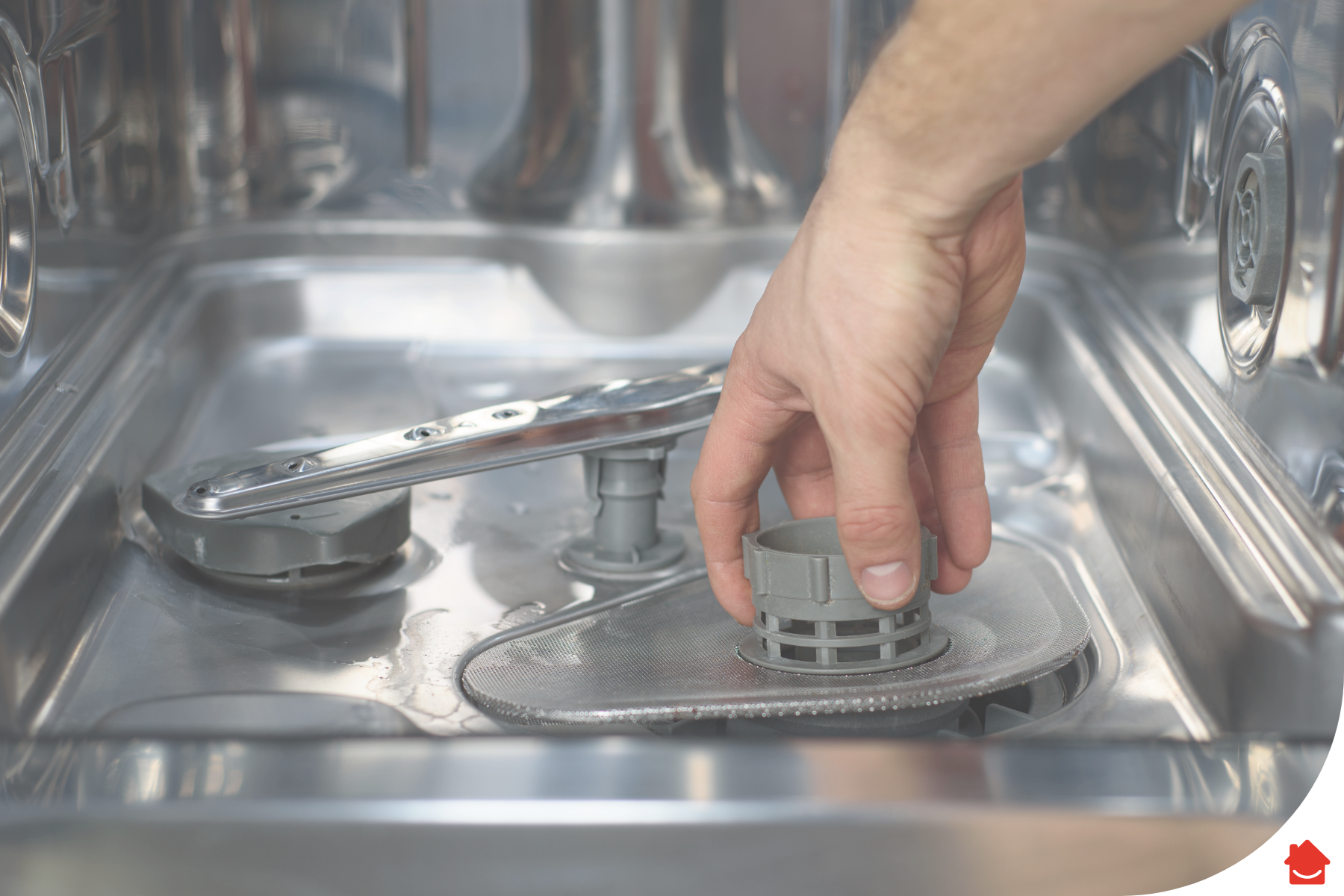When does spring start? Sometimes it’s hard to know in the UK – we are prone to the odd uncharacteristically warm February (and – BRRR! – cold March). Meteorologically speaking though, the start of spring is officially 20th March and each season lasts exactly three months. In that case, when should we be turning our heating off? Here’s a simple guide to help you decide.
What is heat energy?
It may help to understand what types of heat energy transfer are going on in your home. Fancy a mini science lesson?
While ‘temperature’ refers to the energy contained within an object or system, ‘heat energy’ refers to the transfer of that energy between systems – from a warmer place to a cooler place.
There are three basic ways to transfer heat from one object to another and all three happen in your home every day:
- Conduction is direct contact – like a saucepan on a hot stove
- Convection is movement through a liquid or gas – like inside your kettle or radiator
- Thermal radiation is movement through space – like the sun shining on your house or an open-hearth fire warming the air in your toasty sitting room
So when we’re talking about the heat energy in your home central heating system, we’re talking about convection (within your boiler and your hot water pipes), conduction from the water inside your radiators to their metal surfaces) and the thermal radiation those radiators give out into your rooms.
What temperature should my home be?
The thermostat is a hotly debated topic in most households during the colder months. A ‘comfortable temperature’ can mean something different for different people. What’s nice and toasty for one person can be less than comfortable for another.
It can be tricky to negotiate these different expectations. But as a general rule, the ideal room temperature is actually the same all year round. Whether it’s spring, winter, autumn or summer on our cool little isle, you should aim for around 18 to 20°C to keep everyone happy.
That may come as a shock to those who prefer their homes to be warmer, but did you know that if you reduce your thermostat’s setting by just 1°C you can save as much as £80 over a year?
How much am I spending on heating?
For most households in the UK, heating is one of our biggest expenditures (of money and energy). In fact, heating accounts for over half of our household energy bills. So it makes sense to monitor your energy expenditure, particularly on your heating, to make sure you’re not paying out more than necessary. If you keep a watchful eye on it – or even take it down a notch, you could spend your yearly savings on a family day out.
How can I reduce my heating costs?
If like most people, you want your heating to be economical, you should only have your heating on when necessary. It sounds almost stupidly simple, but there it is. The logic follows that there is an ideal, comfortable temperature for your home – without anyone getting too cold, but at the same time without getting too hot or wasting heat through your invariably less-than-airtight home.
This means the date we should be switching off our heating is dependent on that magic ‘comfortable’ temperature.
When do most people turn off their heating in spring?
Most people in the UK say they turn off the heat come 14th April, according to research done by energy provider npower. That’s not to say it’s the most sensible thing to do, however…
Isn’t it cheaper to leave my central heating on all the time?
No. Not according to the Energy Saving Trust, who say that the idea of having your heating on low all day to save money is false. Again, our advice is it’s best to turn up the heat only when you need it.
Which is the best way to use my central heating in spring?
The most efficient way to heat a house is to programme your central heating system so it’s only on when you need it.
You should set your heating timer and thermostat so that your home is warm only when you need it to be – and keep adjusting it as the outside temperature gets warmer. A little mindfulness and care helps here.
If you don’t have separate room thermostats or thermostatic radiator valves (TRVs) on all your radiators, these two steps could also save on costs. At the same time, you can make sure your bedroom is toasty 20mins before you get up in the morning.
What’s the best way to control my central heating?
Ideally, you’d use a timer or – even better – a room thermostat/timer combination to automatically turn your heating off and on at certain times of the day, or when your home reaches the desired temperature, to keep your home’s temperature constant.
How does a thermostat work?
A thermostat is a controller you use to regulate the temperature in a heating system. It’s usually wall-mounted somewhere in your home. You can set a preferred temperature (somewhere between 18 and 20°C, as we said) and the thermostat works to keep your room or boiler at this temperature.
If the ambient temperature in your home starts to drop, the thermostat tells your boiler to switch on to warm it up. Once the temperature has reached that point, your thermostat automatically tells your boiler to switch off to keep the temperature at that level.
What temperature should my central heating thermostat be set at?
The thermostat setting you should aim for is around 18 to 20°C to keep everyone comfortable and happy.
What is a smart thermostat?
The more intuitive and automatic the system you have for controlling your heating and saving energy and money, the better.
At the forefront of intuitive energy saving are smart thermostats like Google Nest and Hive Active Heating 2. They can be customized to fit your lifestyle, from temperature to time of day. You can adjust your home’s temperature with your smartphone when you’re not in, plus monitor your energy efficiency. You can also hook them up to voice assistants like Alexa and Google Assistant.
Over time these gadgets help you save energy and unnecessary expense. No more cranking up the heating full blast when you come home or accidentally leaving it on all day when you go out to work.
Other economical ways to keep your house warm in Spring
Spring is a great time to do some energy-saving spring cleaning. You can naturally be more comfortably warm in your home and save money by:
- Installing insulation in your attic/loft
- Installing cavity wall insulation
- Getting your old boiler replaced for significant efficiency gains
- Using draught excluders on your doors
- Insulating your radiator with reflective foil
- Plugging/covering up gaps in window frames and keyholes
Insulating your roof and walls and replacing your boiler is obviously a bigger commitment than the other three, but insulation will help you stop heat escaping through your roof and walls and through random gaps all-around your home. You can make significant savings this way – in fact, 25% of your heat is lost through the roof and 35% through your walls. So roof and cavity wall insulation really pays for itself in a couple of years.
So, armed with this knowledge, will you turn your heating off in mid-April like the average Brit? Or will you start getting smart about saving energy and money before then?
What happens to my boiler in spring?
When it comes to your boiler, we encourage homeowners to get your boiler serviced now, when the weather’s starting to get warmer and we’re thinking about switching it off, rather than waiting until much later in the year when temperatures plummet again.
After a hard-working winter, many models are in need of a service, and if any damage has been caused, it’s best to identify it now rather than wait until it turns colder again.
If you have an old boiler (10-15 years+), it’s worth thinking about replacing it with a more energy efficient model. A modern condensing boiler could actually help reduce your energy bills by up to £235 off your annual gas bill, so it’s worth thinking about now.
We can help to protect your boiler and central heating system
With boiler and heating cover from HomeServe, you can relax knowing that if there’s a problem we’ll be on hand and ready to help when you need us.
FAQs
When should you turn the heat off in the spring?
Many people in the UK have turned off their heating by April 14th, but by getting smarter about how much heat you really need, you can start saving energy and cash well before then.
At what temperature should you turn off your heat?
Your thermostat should be set at somewhere between 18 and 20°C to keep everyone in your household happy – and keep your bills as low as you can. A thermostat set to 19° automatically signals to your boiler to switch on and off to maintain a steady 19° temperature.
Is it better to keep your heating on all the time?
No. the Energy Saving Trust say the idea that having your heating on low all day is a money saver is false. We say it’s best to turn up the heat only when you need it.
How cold is too cold for a house?
The best ambient temperature in your home is between 18 and 20°C. The World Health Organisation (WHO) recommends indoor temperatures of at least 18°C during the day (you can reduce it to 14°C at night if you’re really looking to save on your heating bill). But if you have infants, sick or elderly people in your home, WHO recommends that you set the thermostat at 21°C.




